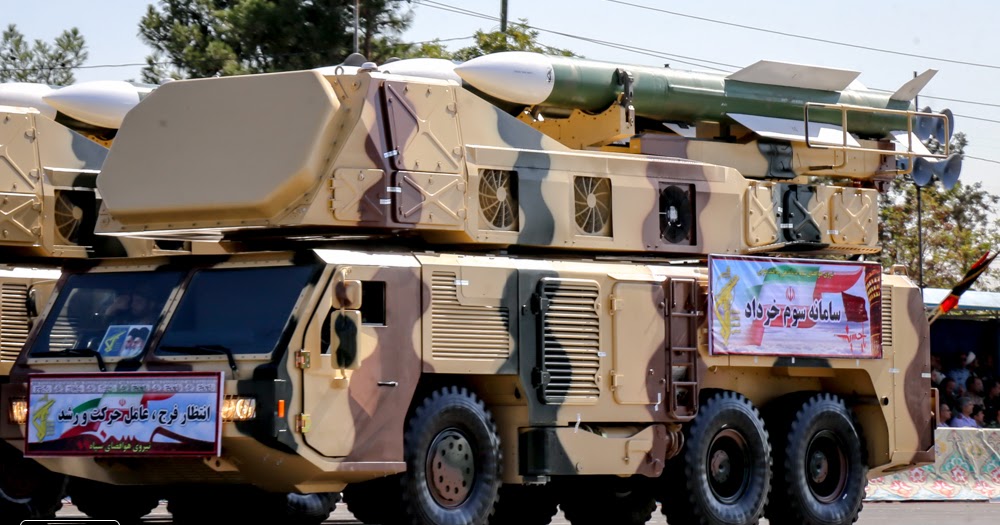Hack-Hook
ELITE MEMBER

- Joined
- Jan 11, 2012
- Messages
- 19,358
- Reaction score
- 3
- Country
- Location
Well no matter what here it's explained why 3rd of Khordad had no business detecting RQ4 at that distance let alone destroy itRQ-170 was a good catch but CIA was using this UAV in the region since 2007 - it was used to infilitrate Iran for 4 years for ISR missions. CIA was operating it in broad daytime deep inside Iran when it was caught through Electronic Warfare (EW) - this was a case of bad use. UAVs were also more vulnerable to EW capabilities back then. Credit where due but it is important to understand the bigger picture.
Global Hawk part is covered in following thread:
Thread 'Misconceptions about the Global Hawk UAV and VLO concepts' https://defence.pk/pdf/threads/misconceptions-about-the-global-hawk-uav-and-vlo-concepts.675960/

3rd Khordad: The RQ-4 downing
Understanding what was achieved This post is about the Iranian 3rd Khordad SAM, a system that should not have been able to do it's first ope...
Rq4 had lower rcs than what was in USA inventory maybe not as low as RQ170 or F22 or F35 but much lower than anything else it might face
By the way the Nomex honeycomb layer sandwiched between glass fibre and carbon fibre layer is radar absorbent
Last edited:











